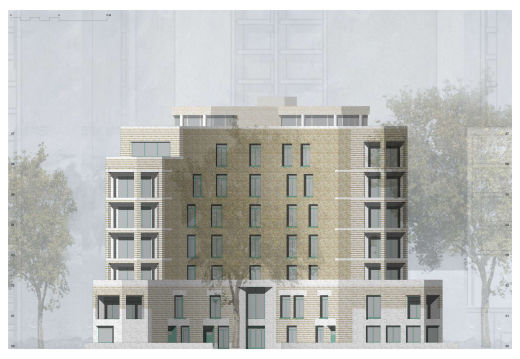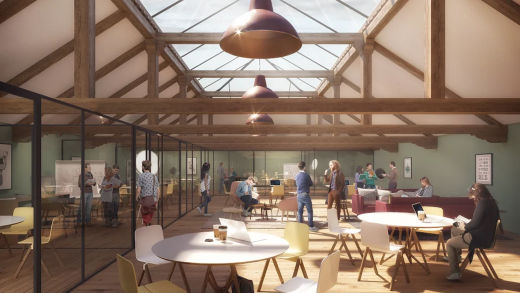Work
Wolverhampton Public Sector Hub
Broad Street, Wolverhampton
Client
City of Wolverhampton Council
Royal Wolverhampton NHS Trust
Wolverhampton Clinical Commissioning Group
Arcadis
CLTH Team
Wayne Head, Project Director
Peter Liddell, Senior Architect
Richard Taylor, Project Architect
The brief for this project brought together two very different aspirations: the first to improve and rationalise the healthcare provision in the centre of Wolverhampton, and the second to bring new life to one of the city’s main shopping streets. Like many across the UK, Wolverhampton’s independent shops and high-street chains have struggled with competition from online retailers, leaving large gaps in activity at street level, a situation brought into even sharper focus with the recent health crisis.
To address this gradual decline, the local authority wanted to bring a new mix of uses back to anchor the far end of Broad Street, one of the main shopping thoroughfares running through the city centre. Rather than reinventing the retail offer, they instead decided to combine social housing with a cluster of community services, guaranteeing footfall by bringing residents back to the centre of town and consolidating a number of existing healthcare facilities.
Like many Midlands cities, Wolverhampton was ‘repaired’ postwar with a new focus on the car, and the city is circled by an inner ring road that cuts off the old centre from the surrounding neighbourhoods. The site for the new hub sits next to this ring road and is currently occupied by a rather windswept car park. However, it is also in close proxmity to The Chubb Building, a listed Victorian lock factory now home to a cinema and several media companies. The robust redbrick factory, with its mill-like quality, provided inspiration for the form and materials we chose for our proposals.
We developed our study in collaboration with a complex client group, ranging from healthcare professionals through to the police, the university and the local council. We wanted to send a powerful message to those struggling that care was available, encouraging people to freely access the services offered by the centre. But it also had to be a good place to live, so rather than a solid block on the corner, we created a series of small, courtyarded gardens, protected from the ring road by the taller residential volumes. These quiet, sun-filled spaces give a centre a green setting and offer the residents a high quality of life, despite the inner city location.






































